Flowers that attract hummingbirds – 10 of the best to plant in your yard
Plant some of these best flowers that attract hummingbirds to enjoy the sight of these beautiful birds in your garden
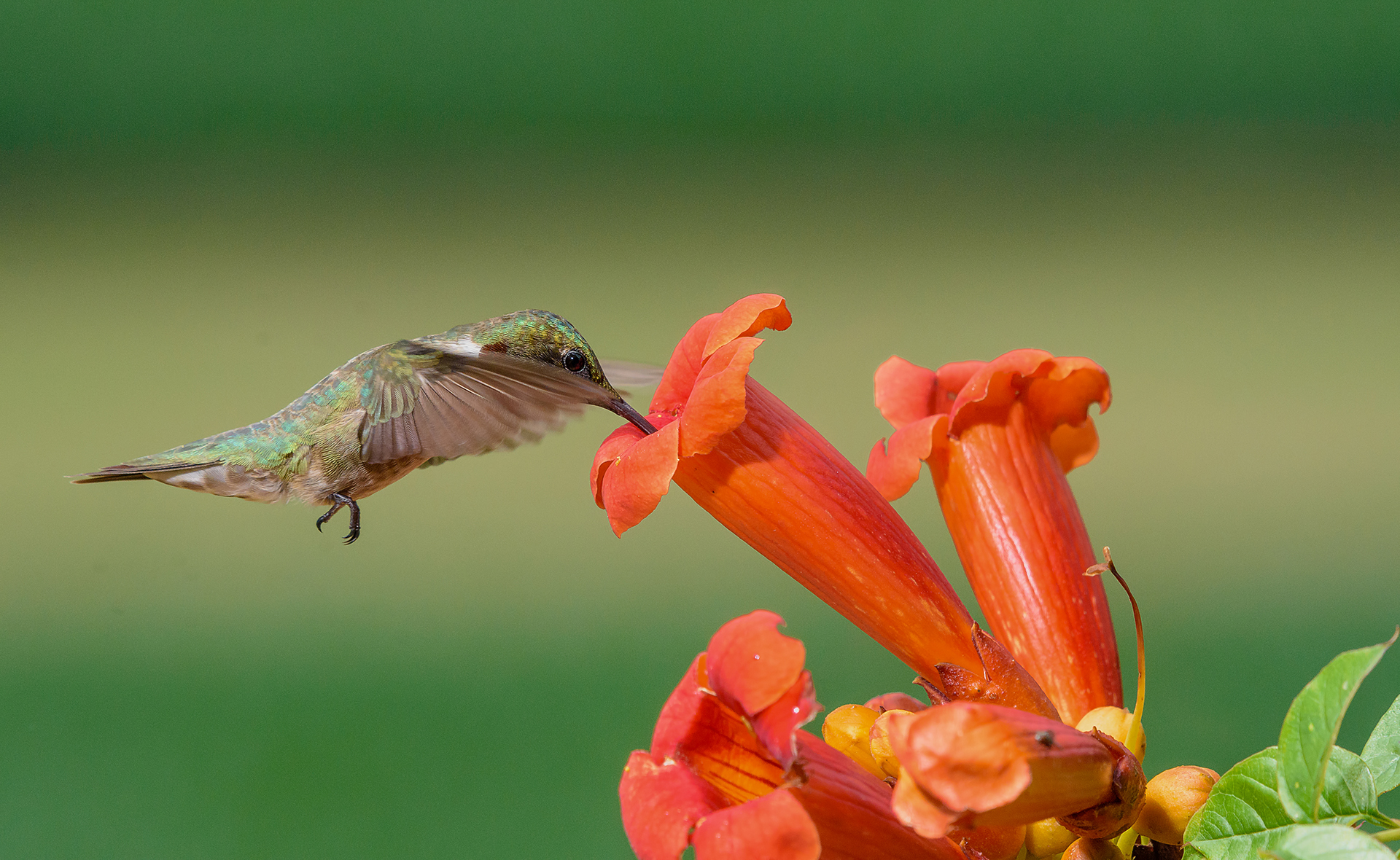
Include flowers that attract hummingbirds in your planting plans and you can enjoy the sight of these brightly feathered little hovering birds alighting on the blooms in your own back yard.
There are about 15 species of hummingbirds that live or visit the United States, and which can be encouraged to come and feed off the nectar rich flowers in your garden as part of your wildlife garden ideas.
The key to choosing plants hummingbirds will be drawn to, is to go for those that are brightly-colored and have the physical characteristics that suit these little amazing avians. Dot these throughout your flower bed ideas and then let nature do the rest.
How to choose flowers that attract hummingbirds
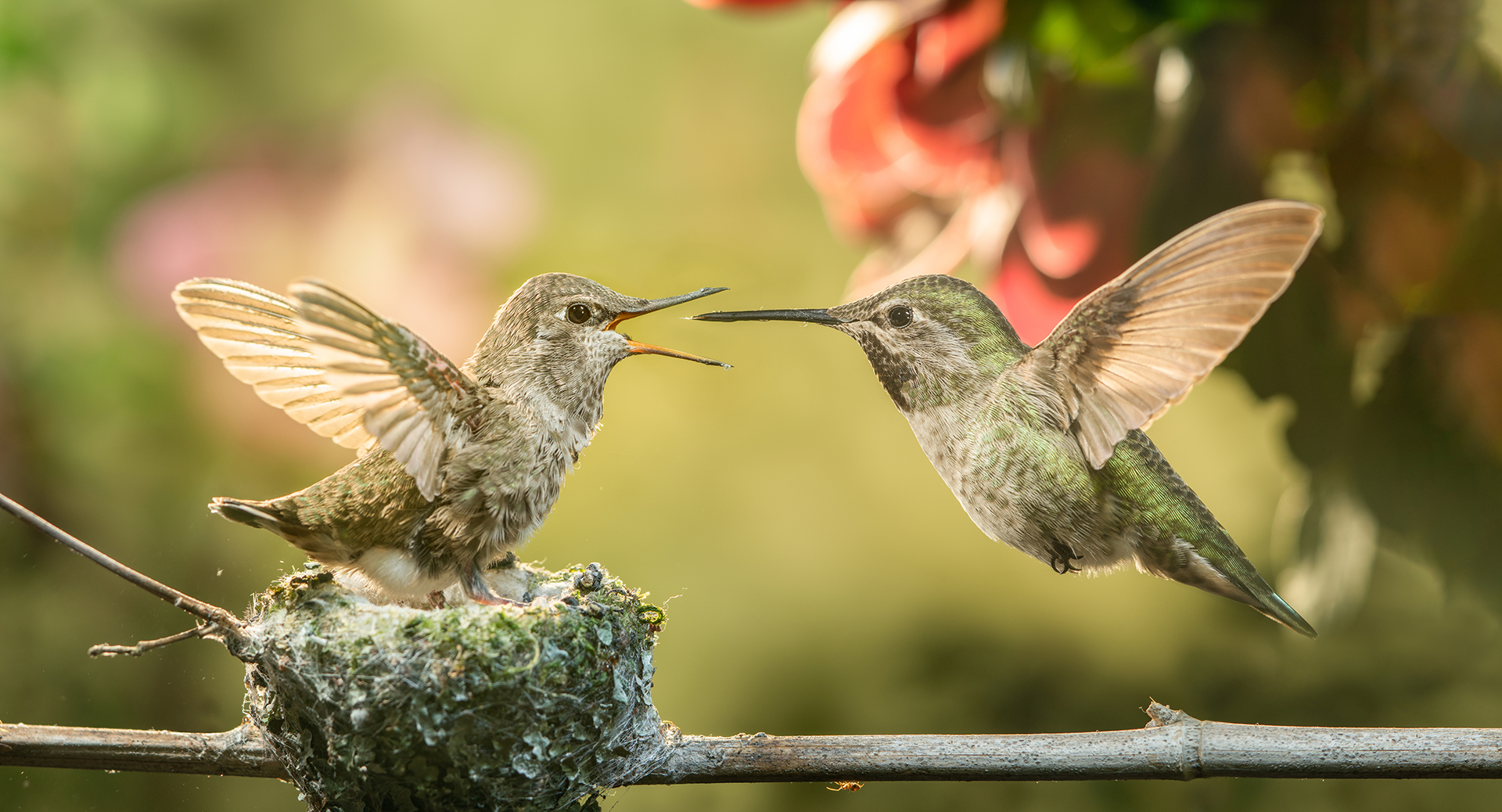
Hummingbirds have long thin beaks with long tongues that allow them to drink nectar from flowers. According to The International Hummingbird Association, their primary nutrition comes from nectar from flowers, supplemented by a few sources of protein, such as tiny spiders and other insects.
Keeping a variety of native flowers that attract hummingbirds blooming continuously is a good way to keep these pretty birds visiting your garden. For instance, consider planting some native spring flowers to attract hummingbirds, such as lantana plants.
'Flowers produce natural nectars, which not only provide energy in the form of sucrose, but also provide other nutrients beneficial to hummingbirds,' explains Stephanie R. Green, ecologist at Strawberry Plains Audubon Center in Holly Springs, Mississippi.
Some of the following flowers that attract hummingbirds are also flowers that attract bees and other crucial pollinators, so your garden will soon be alive with the sights and sounds of these winged visitors.
1. Beardtongue – penstemon
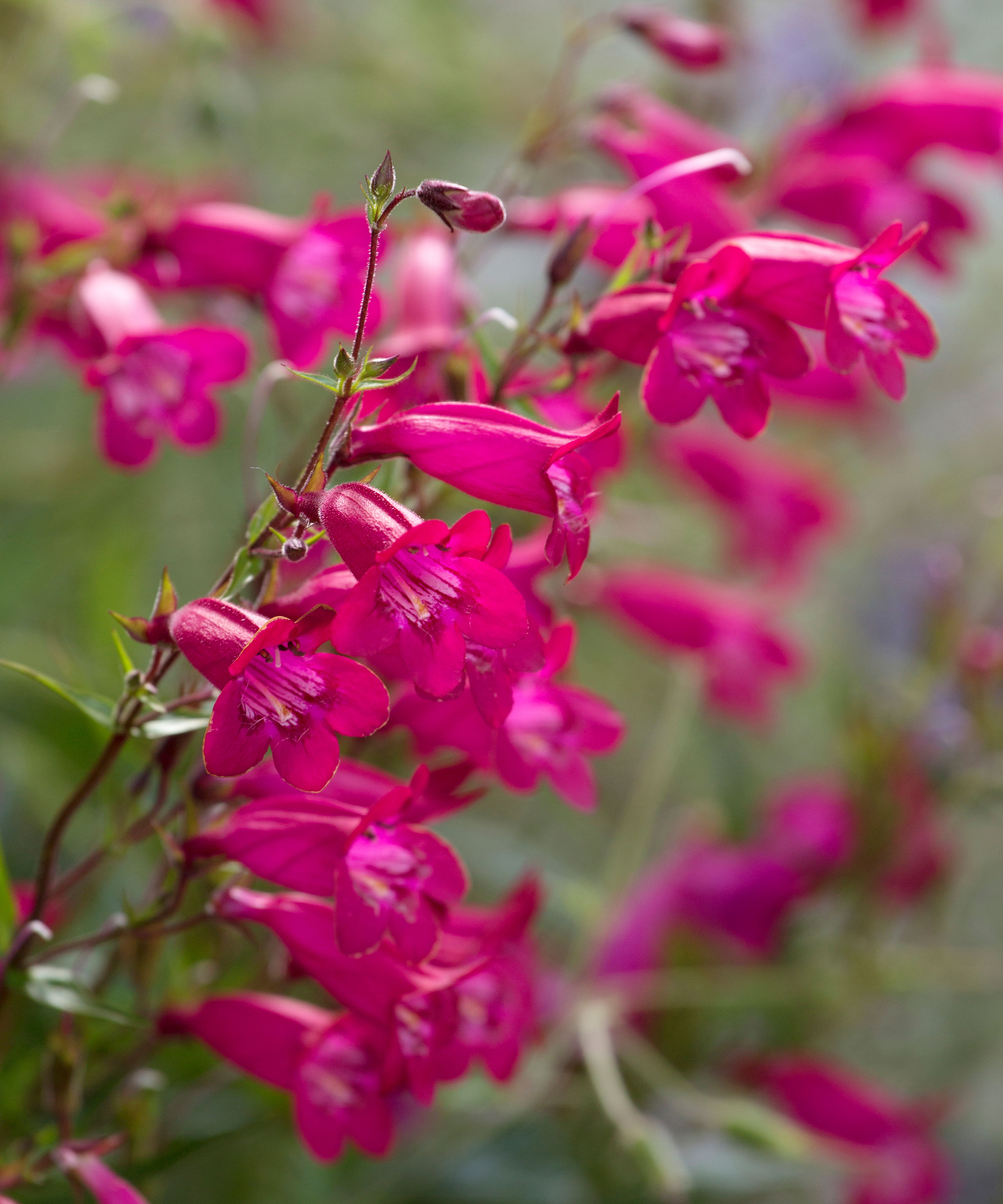
Beardtongue, or penstemon, is a long-standing favorite of hummingbirds. This drought tolerant plant is suitable for USDA growing zones 3 to 9, depending on the variety. Beardtongue grows yard-long stems that support bright magenta tubular flowers – a sure win to attract hummingbirds.
Plant in the spring in well-drained soil. Beardtongue loves the sun, and plant several varieties for blooms from spring to summer, and in an array of colors for even the most finicky hummingbird.
Mulch well to control weeds, and cut the stems back after the blooms are spent.
2. Bee balm – monarda
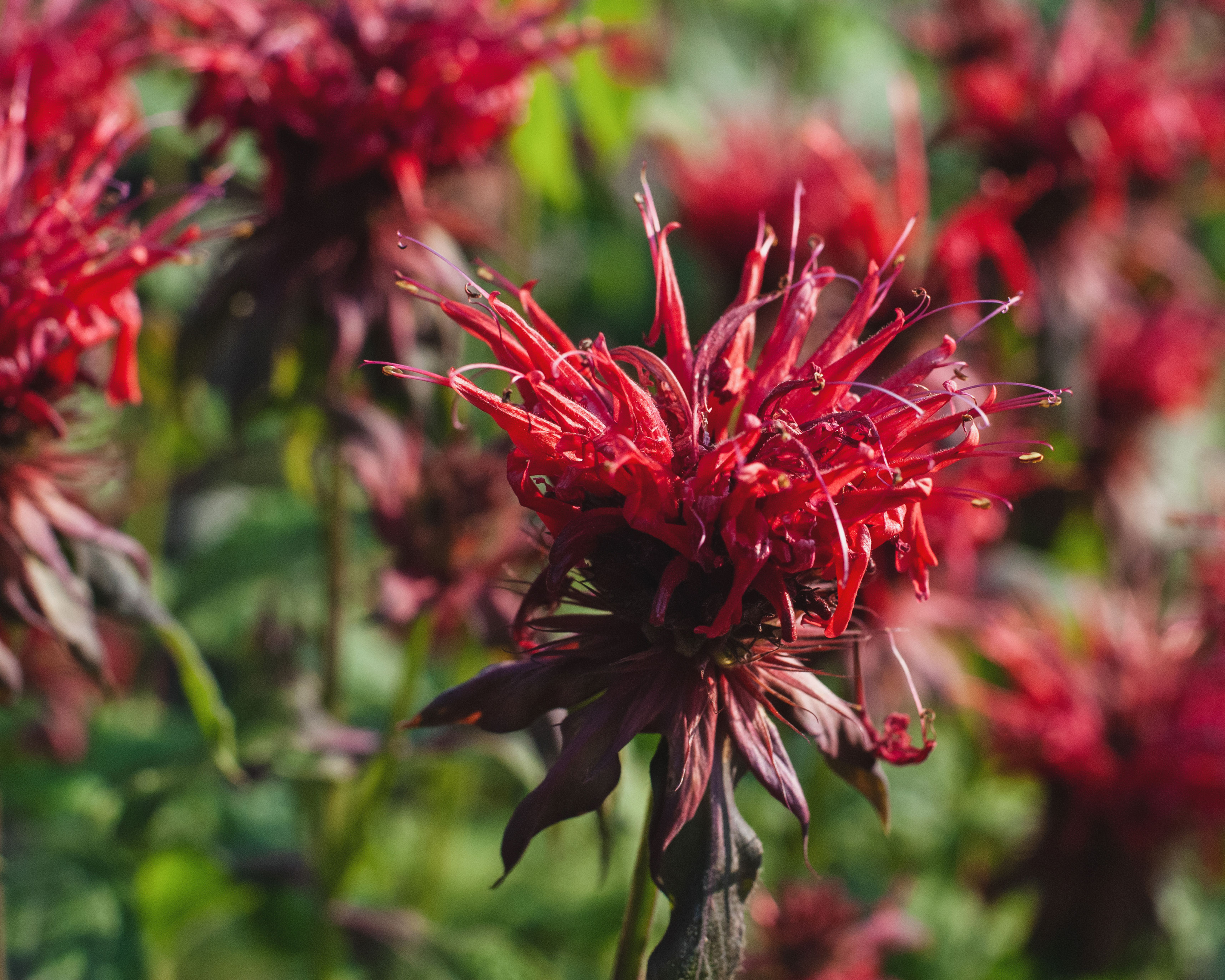
Another sun-loving plant, bee balm likes moist, but not wet, soil. Hardy, happy bee balm will thrive in USDA zones 3 to 9, and is fairly easy to care for. Beware, however, because bee balm is in the mint family, so just as when you're growing mint, it will take over the growing area if you let it.
Plant in the spring or fall for a mass of colorful flowers and watch the hummingbirds buzz in. Leave the seed heads on the stems in the fall for other visiting birds.
3. Blue lobelia – Lobelia siphilitica
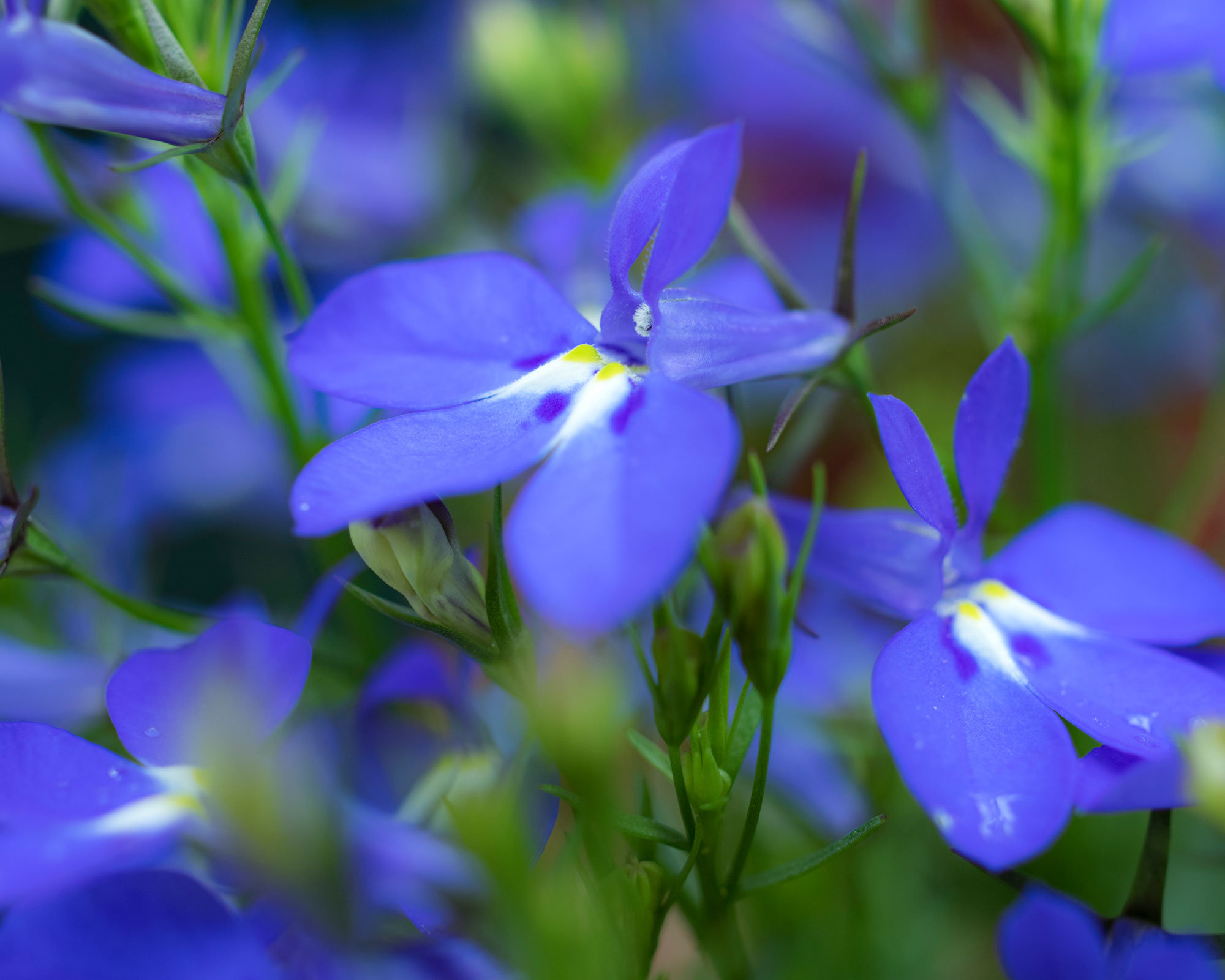
These bright purple-blue flowers that attract hummingbirds sit on stiff 2 to 3-foot stems and are showy garden additions. Blue lobelia is grown in USDA zones 4 to 9, and blooms from July to October. It is in the same family as the red cardinal flower, and is great for moist, sandy or loamy soil.
4. Cardinal flower
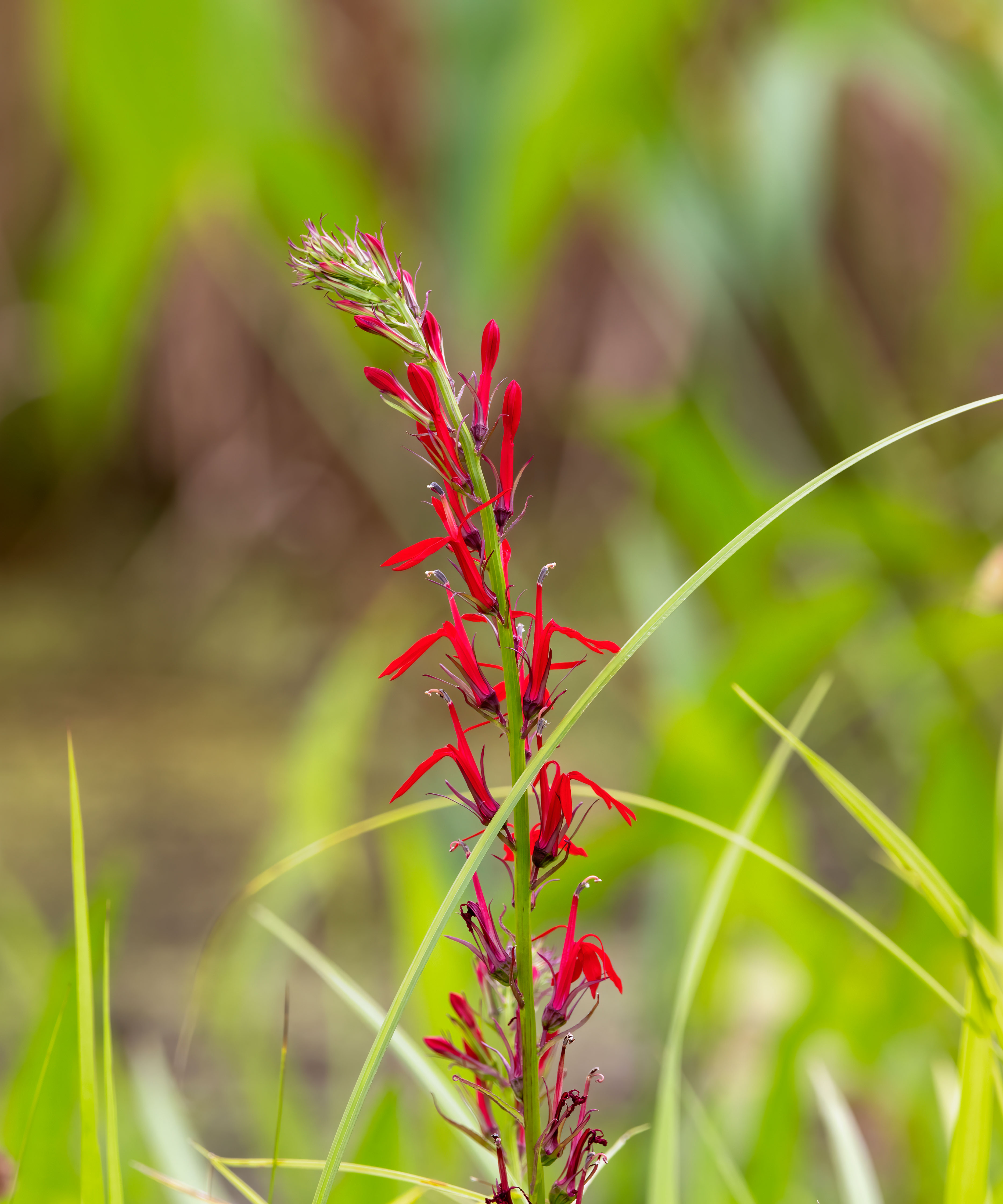
A red cousin of the blue lobelia, the pretty red cardinal flower is as cheery as the bird of the same name. It is adaptable to a variety of soils, but likes to be in moist areas near streams or garden pond ideas.
It is happy in USDA zones 2 to 9, and can grow to a height of 3 or 4 feet. The blooms appear in mid-summer until late fall, giving hummingbirds a late season treat.
5. Columbine – aquilegia
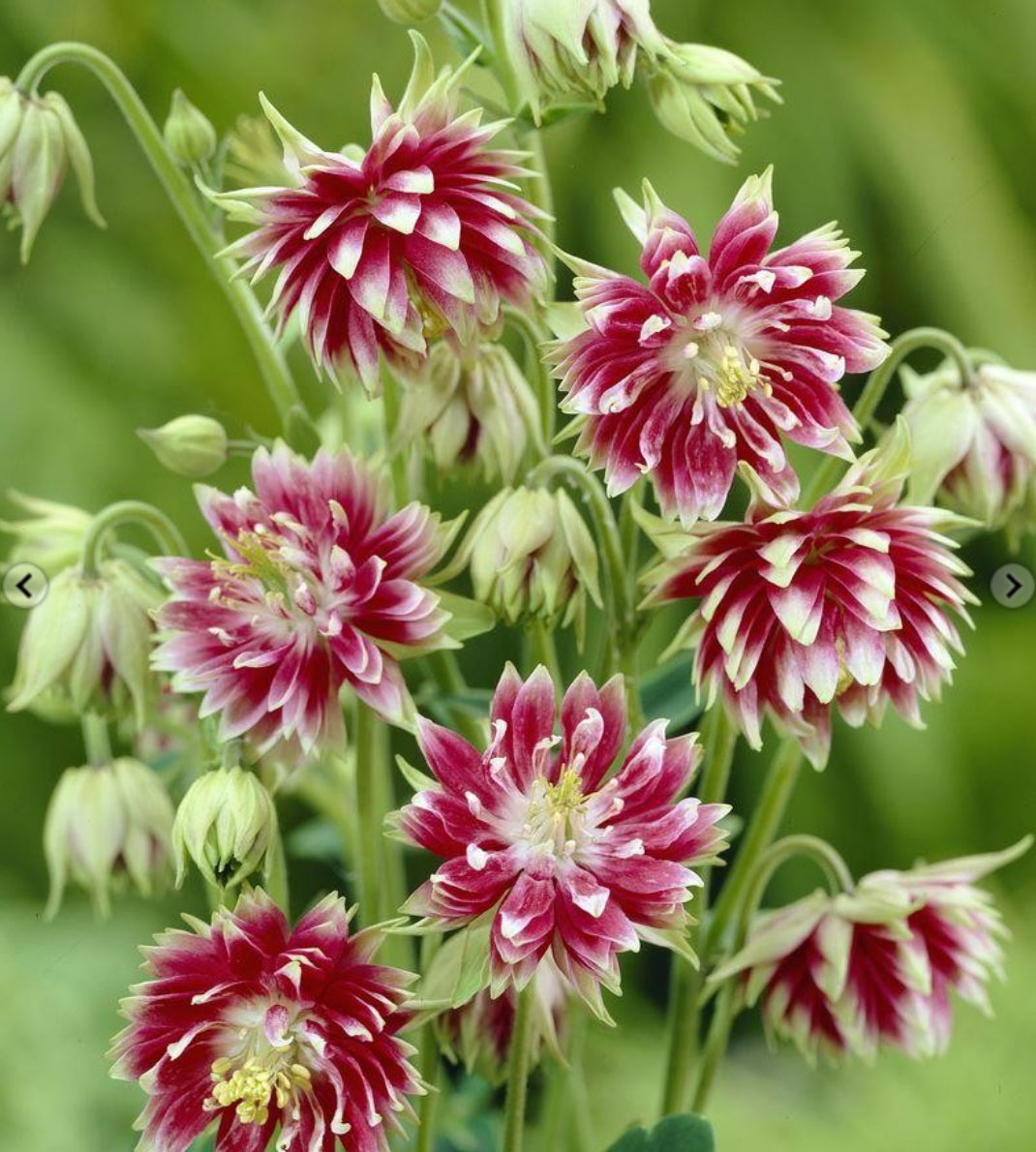
If you want flowers that attract hummingbirds and other pollinators to the garden, add pink or red columbine flowers to the list. In fact, the name means 'little dove' in Italian, and its scientific name, Aquilegia, loosely translates to 'eagle flower'.
You will find your favorite among the 70 or so species of columbine, which include light to bright reds, yellows and purples. A favored cottage garden plant, most varieties pf columbine can be grown in USDA zones 3-9, many are heat-tolerant, and with some adding a pleasing fragrance, they are ideal as sensory garden ideas.
Plant columbine seeds in the spring after threat of frost has passed, or in the fall. The plant will self-seed and fill in the gaps in your garden bed.
6. Coral honeysuckle – Lonicera sempervirens
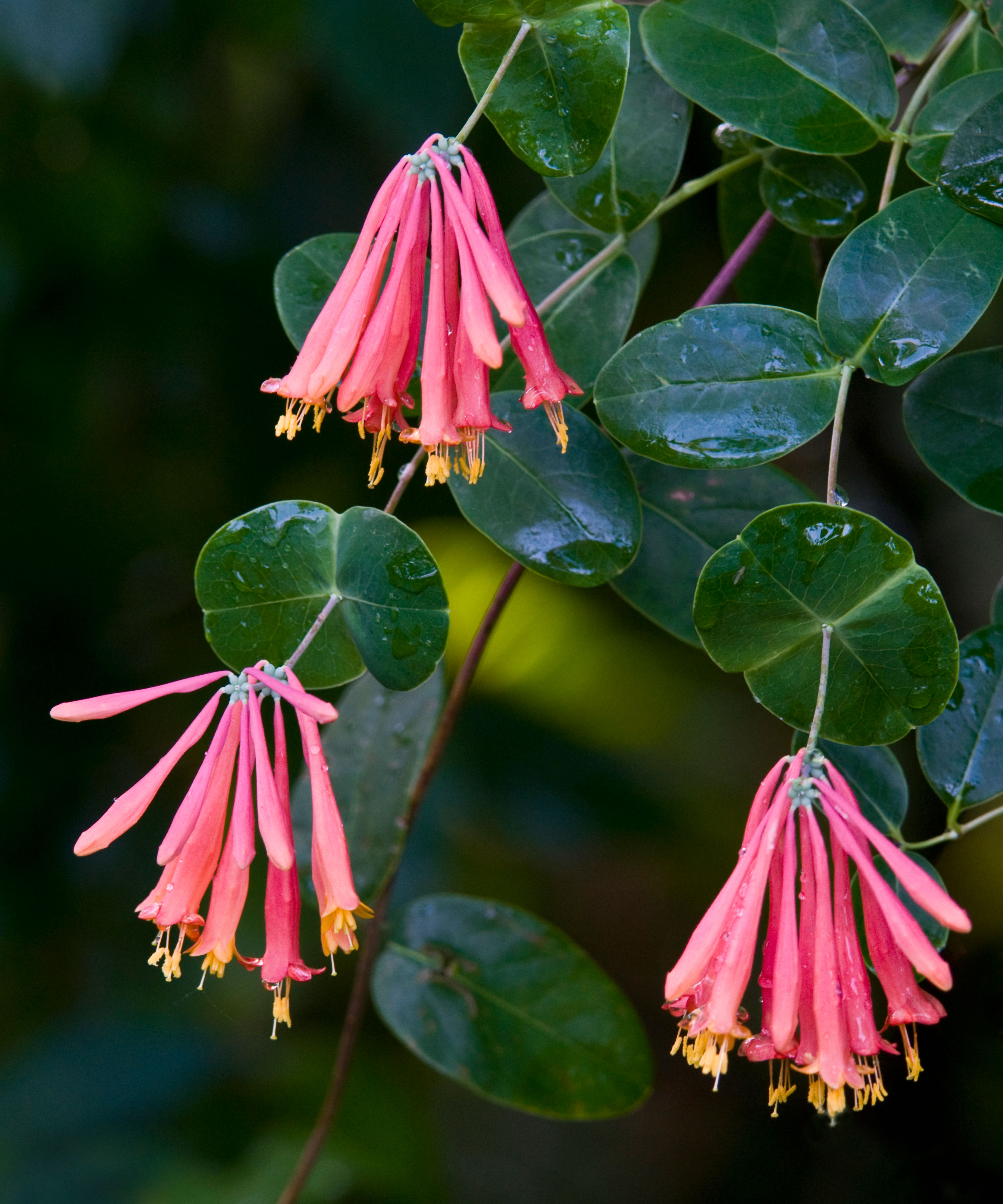
This sturdy native vine blooms in late spring into summer and produces trumpet-like red flowers that hummingbirds love. It can be used as an alternative to the other invasive varieties of honeysuckle, and can be grown in USDA zones 4 through 11.
Learn how to grow honeysuckle and enjoy watching the vines growing, clinging and twining around structures. They can reach up to 25 feet in height, and the flowers are colorful red, pink or even yellow tubes, growing in pretty clusters. The berries that come after bloom will also attract songbirds.
7. Jewelweed – Impatiens capensis
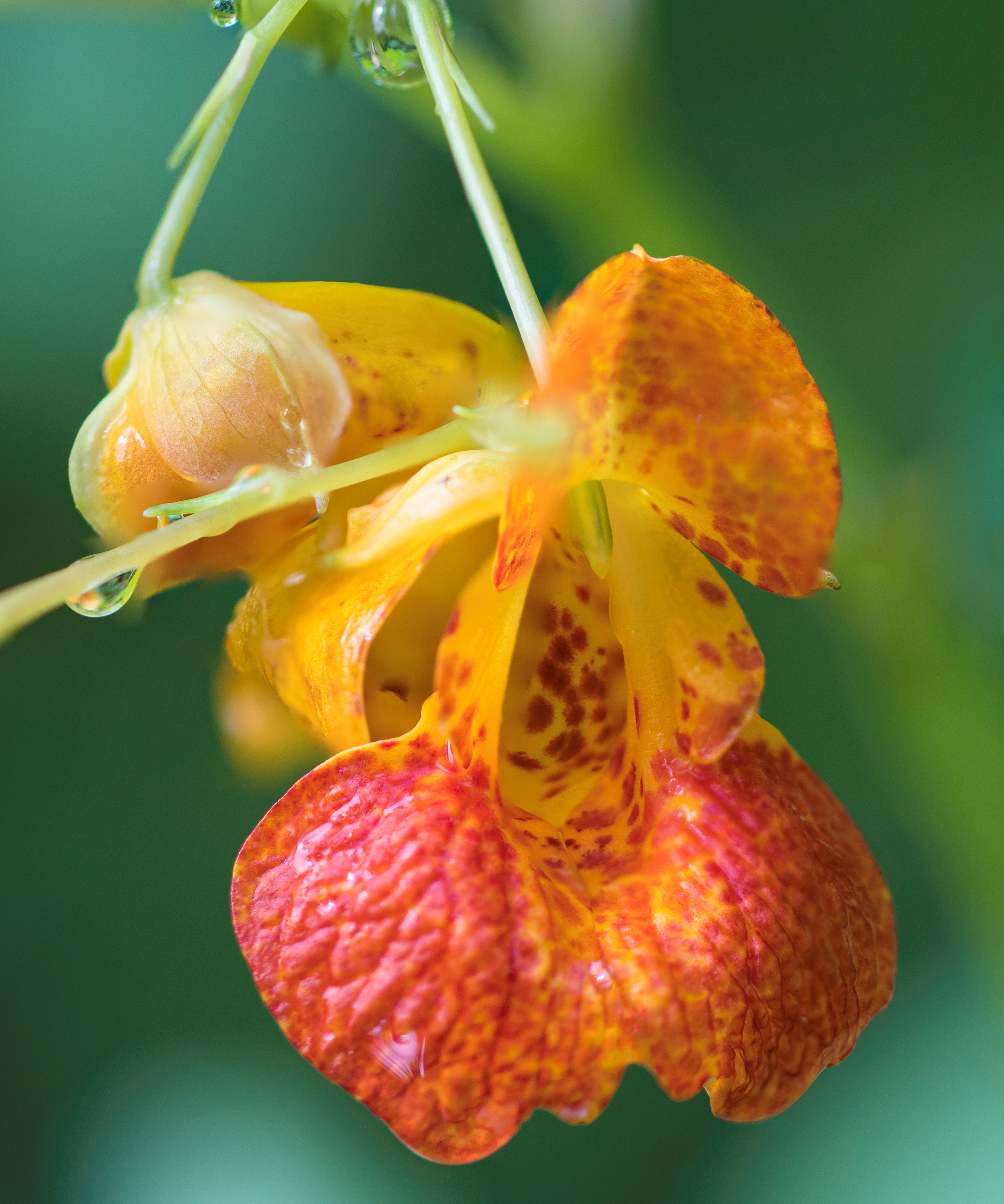
Spunky jewelweed grows in USDA zones 2 to 11, and is native to the United States.
The bright, red-flecked, orange flowers that attract hummingbirds are a beautiful addition to a hummingbird-friendly garden.
Jewelweed grows up to 5 feet and flowers from mid-summer to the frost. It likes moist, shady areas, and welcomes cross pollination by hummingbirds and insects. Sow seeds in the early part of fall, and once established, jewelweed will self-seed.
8. Red buckeye – Aesculus pavia
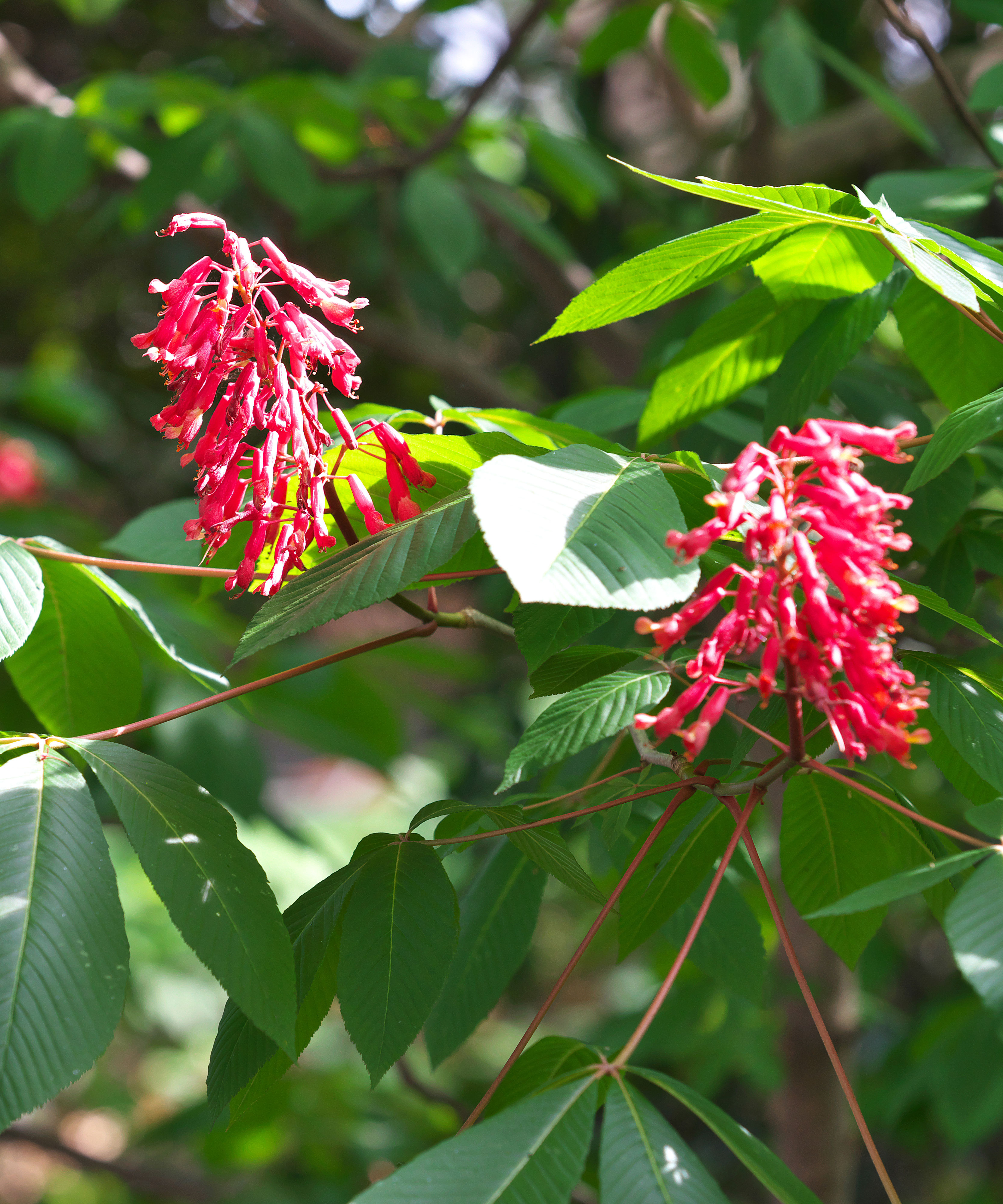
Red buckeye is usually found in the southeastern United States, in USDA zones 4 through 8.
Easy to grow in all types of soil, this flowering shrub can grow 15 to 30 feet high in sunny locations. Despite having flowers that attract hummingbirds, this shrub is toxic to humans and animals, so use caution if you decide to plant the red buckeye in your garden.
Tubular red flowers appear in the spring, followed by dry fruits that drop to the ground.
9. Scarlet sage – salvia splendens
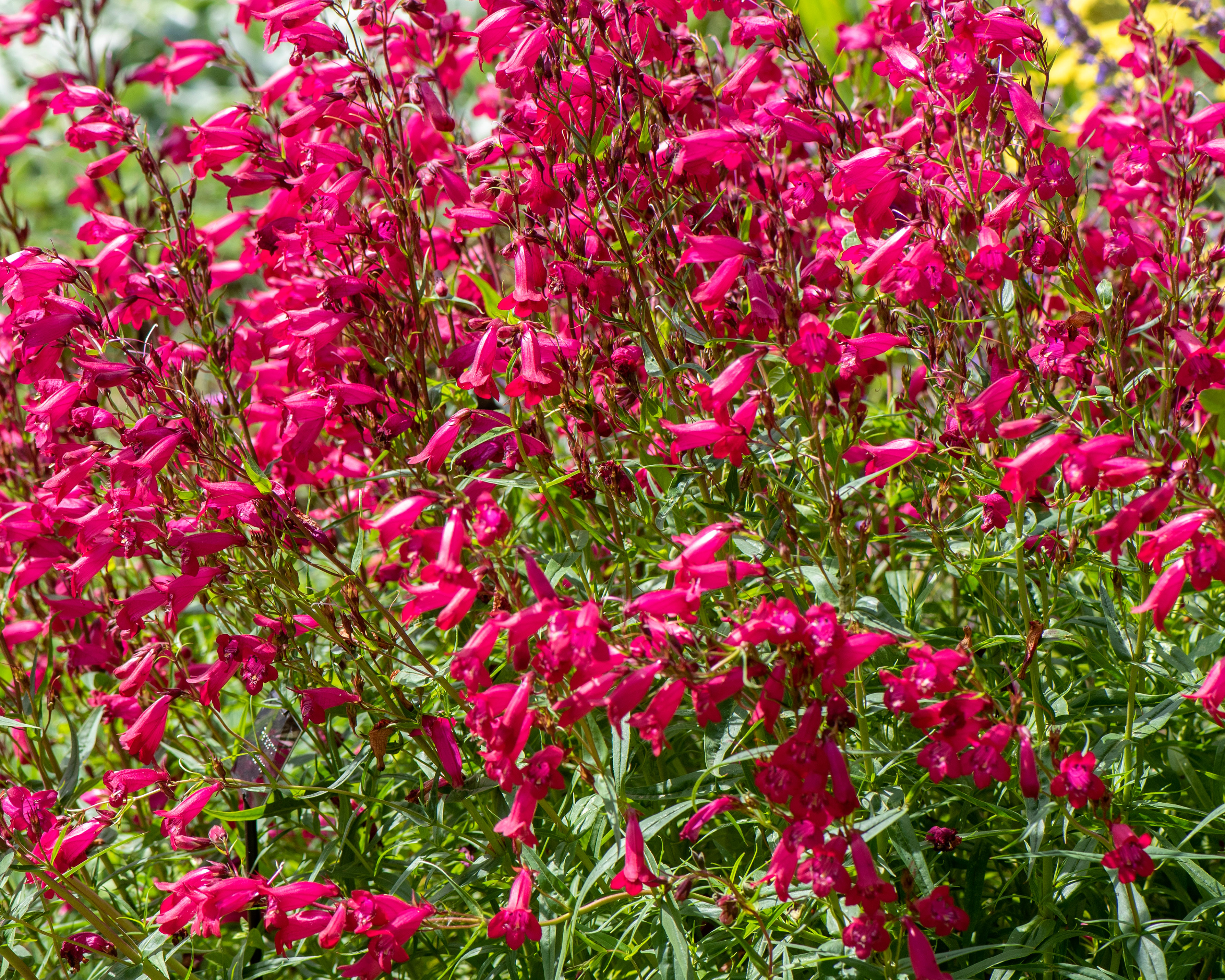
Scarlet sage is the only sage native to the United States that has red flowers. It can be grown as an annual in cooler zones, but it thrives in zones 9 and 10. It is a fast-growing and sturdy, growing up to 4 feet in sunlight.
Its cousin, blue sage, or salvia azurea, is also among the flowers that attract hummingbirds. Blue sage is hardy in zones 4 to 9, producing dark blue flowers in mid-summer to early fall. Like scarlet sage, it likes the sun.
10. Petunia
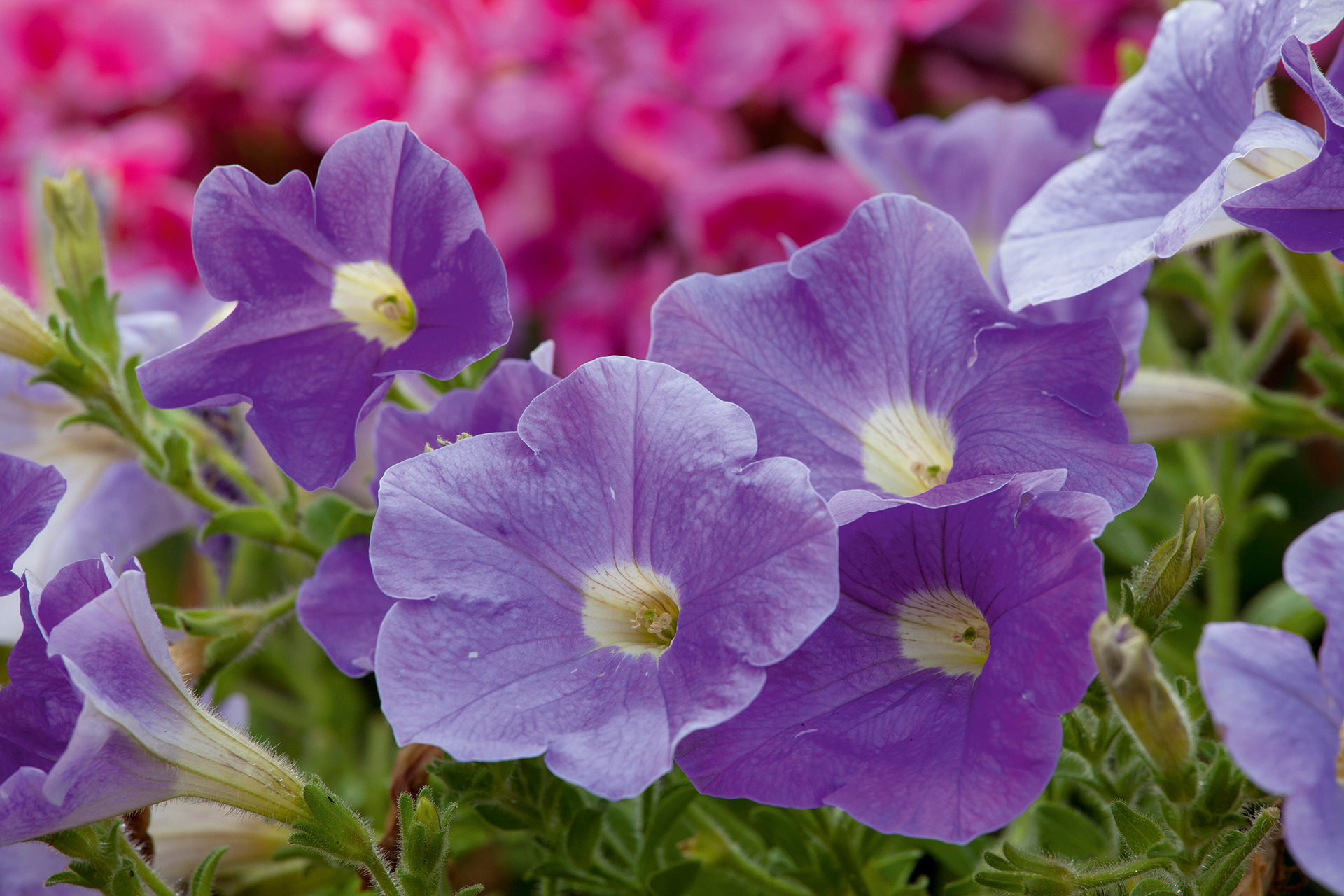
The lovely petunia is an annual that is so easy to grow you’ll wish you had planted them long ago. They are hardy in zones 3 to 11, but can be treated as perennials in zones 9 to 11.
Petunias spread up to 3 feet and can either stay low to the ground or reach a height of about 18 inches. They are also among the best plants for hanging baskets. They have beautiful blooms that are perfect for hummingbirds, and will bloom from spring to the fall frost.
Petunia seeds are tiny and need up to 12 weeks to germinate, so it is best to start with transplants in the spring, starting them off under cover when you're planning a greenhouse. Plant after danger of frost has passed, and in a spot that receives about 6 hours of sunlight. Shaded plants will have fewer flowers.
What flowers attract hummingbirds most?
The flowers that attract hummingbirds the most are brightly-colored blooms that are of a tubular shape, making it easier for these little birds with their long beaks and tongues to reach the nectar.
Among the flowers that attract hummingbirds are perennials and annuals, as well as some flowering shrubs.
Why include flowers that attract hummingbirds?
It is important to include flowers that attract hummingbirds, as while the artificial nectar –sugar water – we make and fill our feeders with can help provide a reliable source of energy for hummingbirds and sustain them while they continue to search for other food sources, it is lacking in nutrients,' explains Stephanie Green of Strawberry Plains Audubon Center .
Planting native plants is also less labor-intensive than filling and maintaining sugar water feeders. 'Both have the same basic building blocks, water and a form of sucrose, but one comes with additional nutrients,' Stephanie adds.
Sign up to the Homes & Gardens newsletter
Design expertise in your inbox – from inspiring decorating ideas and beautiful celebrity homes to practical gardening advice and shopping round-ups.
R.W.Williams is a freelance writer who lives in the Green Mountains of Vermont. Her work has been seen in print and online publications for decades, and she continues to learn and grow every day in the industry. Over the years, she has written about lifestyle, gardening, pets, agriculture, sustainability, retirement, budgeting, celebrities, and more.
-
 Nectar vs Layla – which mattress brand is best on test?
Nectar vs Layla – which mattress brand is best on test?I've set the Nectar Premier Hybrid Mattress and the Layla Hybrid Mattress head to head to help you work out which mattress meets your needs
By Emilia Hitching Published
-
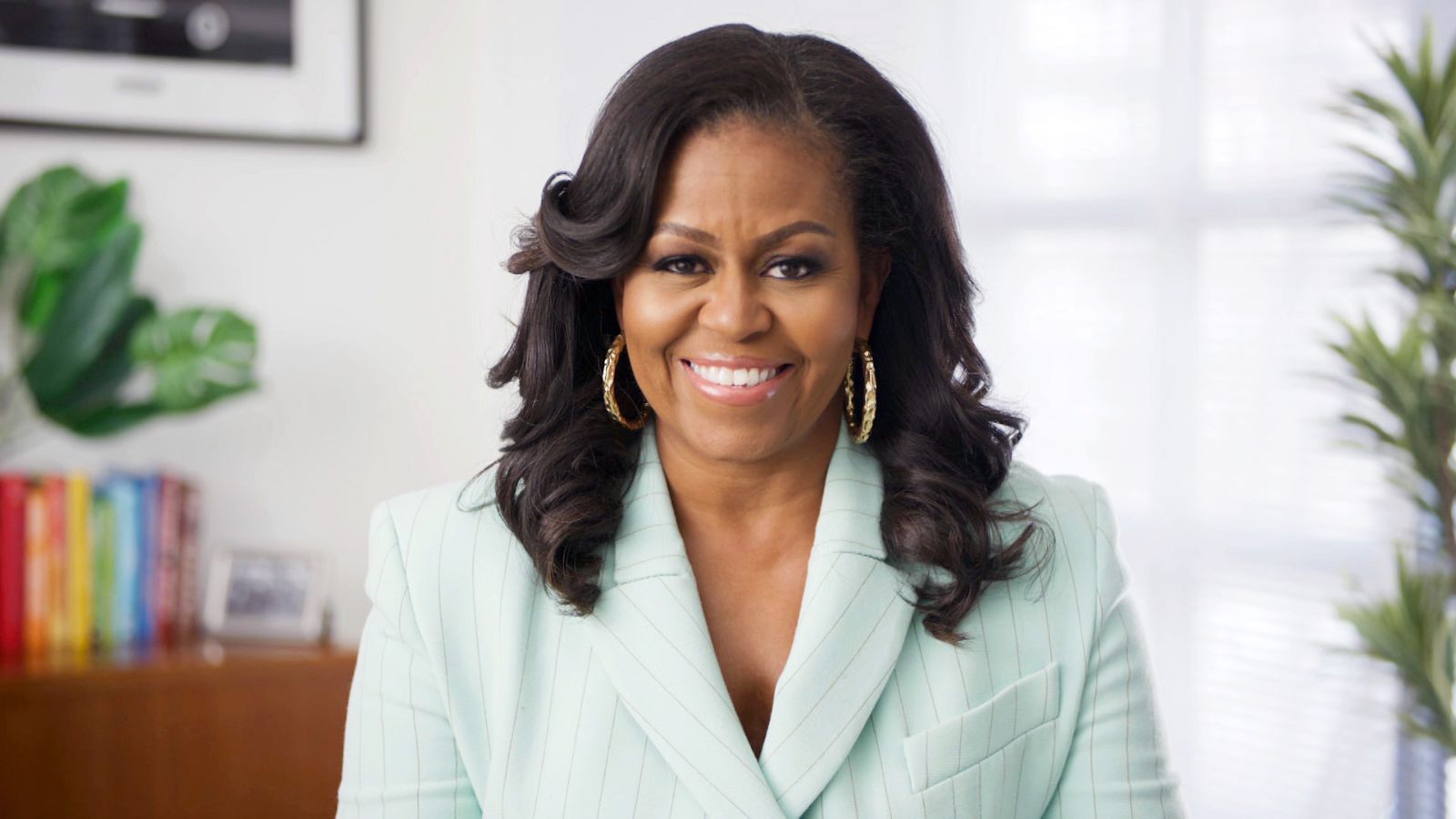 Barack and Michelle Obama's neutral accent chair is the perfect living room focal point – you can recreate their serene style in any-sized home
Barack and Michelle Obama's neutral accent chair is the perfect living room focal point – you can recreate their serene style in any-sized homeThis designer-approved essential fits into every modern living room – it's beautiful enough to stand alone, while pairing well with your favorite cushion
By Megan Slack Published